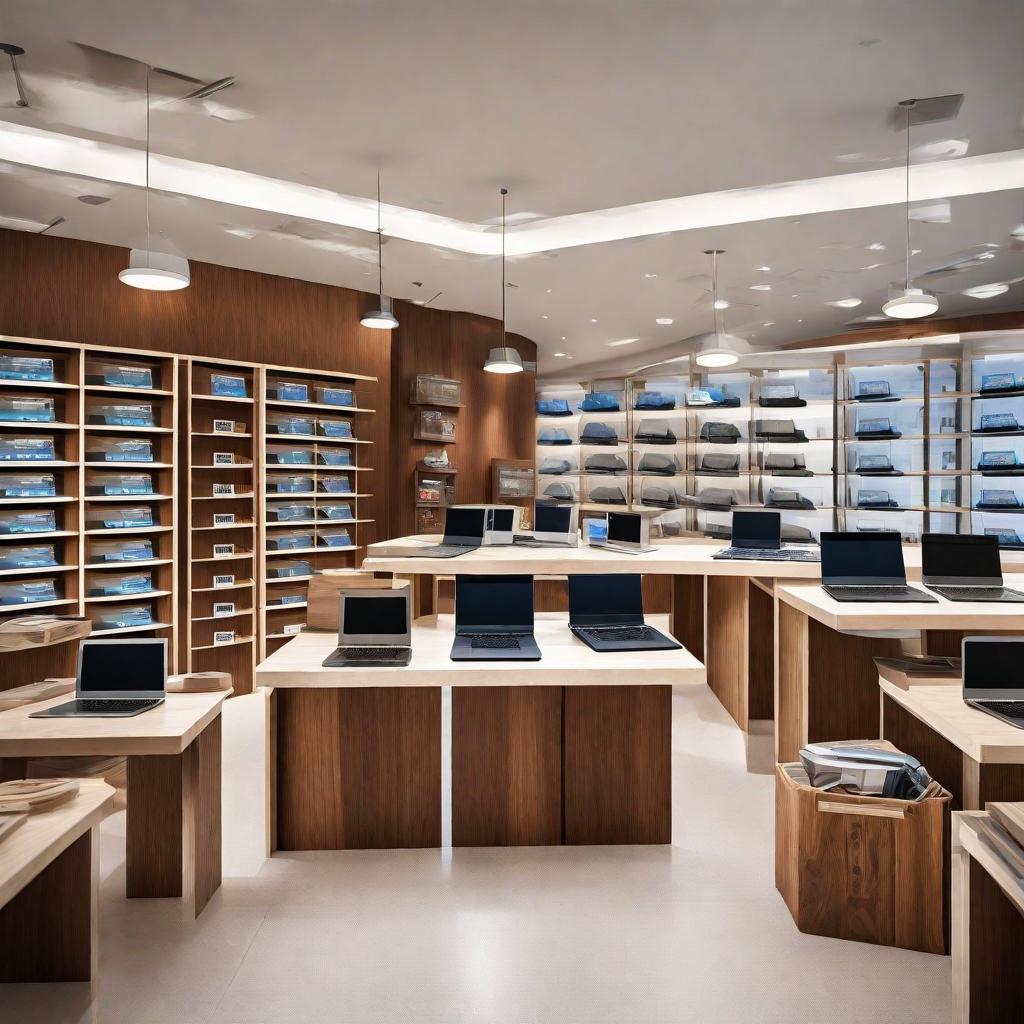Table of Contents
ToggleIntroduction:
In the digital age, where visual content dominates various platforms, having the right tools for photo editing is paramount. Whether you’re a professional photographer or an amateur enthusiast, selecting the best laptop for photo editing can significantly impact your workflow and the quality of your final images.

Processing Power:
One of the primary considerations when choosing a best laptop for photo editing is its processing power. A robust CPU is essential for handling the intensive tasks involved in editing high-resolution images. Look for multi-core processors with sufficient clock speed and cache size to ensure smooth performance.
Graphics Card In Best Laptop For Photo Editing
:
The graphics card plays a crucial role in accelerating image processing tasks and rendering complex visual effects. Opt for a laptop with a dedicated graphics card that offers ample VRAM capacity to handle the demands of photo editing software effectively.
Display Quality In Best Laptop For Photo Editing:
The display quality of your laptop directly influences how accurately you can assess and edit your photos. Choose a laptop with a high-resolution screen and excellent color accuracy to ensure that your edits translate accurately across different devices and print mediums.
Storage Options:
Fast and reliable storage is essential for storing and accessing large photo files efficiently. Solid-state drives (SSDs) offer superior speed and durability compared to traditional hard disk drives (HDDs). Consider laptops with ample SSD storage and options for additional expansion.
RAM (Memory):
Sufficient RAM is crucial for multitasking and handling large files in photo editing software. Aim for a laptop with at least 16GB of RAM to ensure smooth performance, with the option to upgrade if needed in the future.
Portability:
If you’re frequently on the go, the portability of your laptop becomes a significant factor. Look for lightweight and compact designs with long battery life to support extended editing sessions away from power outlets.
Connectivity:
Consider the connectivity options offered by the laptop, including the number and type of ports available. Ensure compatibility with your existing peripherals and consider future-proofing with support for emerging standards like Thunderbolt.
Operating System:
The choice between Windows, macOS, or Linux depends on your preference and the compatibility of photo editing software. Each operating system offers its unique features and user experience, so choose one that aligns with your workflow.
Price Range:
Set a budget based on your requirements and prioritize features that offer the best value for money. While premium laptops may offer cutting-edge technology, there are often more affordable options that meet the needs of photo editors. Brand Reputation and Support Consider the reputation of laptop brands in terms of reliability, customer support, and warranty offerings. Reading user reviews and seeking recommendations from fellow photographers can help you make an informed decision.
User Experience:
Pay attention to the overall user experience, including the comfort of the keyboard and trackpad, as well as additional features like touchscreen support and stylus compatibility for creative work.
Future Proofing:
Invest in a laptop that offers sufficient upgradability and compatibility with future software updates to ensure longevity. Consider factors like component compatibility and manufacturer support for future upgrades.
Environmental Impact:
Lastly, consider the environmental impact of your laptop choice, including factors like energy efficiency, recyclability, and eco-friendly manufacturing practices.
Conclusion:
Choosing the best laptop for photo editing involves considering a multitude of factors, from processing power and display quality to portability and sustainability. By carefully evaluating your needs and prioritizing essential features, you can find a laptop that enhances your creative workflow and delivers outstanding results.
FAQs:
Q: Can I use a gaming laptop for photo editing?
While gaming laptops often have powerful processors and graphics cards, they may lack the color accuracy and display quality required for professional photo editing.
Q: Do I need a touchscreen for photo editing?
While touchscreen displays can be useful for certain tasks, they are not essential for photo editing. However, they can provide added flexibility and convenience, especially when using creative software.
Q: Is it worth investing in a MacBook for photo editing?
MacBooks are popular among photographers for their sleek design and intuitive user experience. However, they tend to be more expensive than Windows laptops with similar specifications, so it ultimately depends on your budget and preferences.
How often should I upgrade my photo editing laptop?
The frequency of upgrades depends on your specific needs and the pace of technological advancements. Generally, it’s advisable to upgrade your laptop every 3-5 years to ensure optimal performance and compatibility with the latest software.
Can I connect an external monitor to my photo editing laptop?
Yes, most laptops support external monitors via HDMI, DisplayPort, or Thunderbolt connections. Using an external monitor can enhance your editing workflow by providing additional screen real estate and improved color accuracy.
